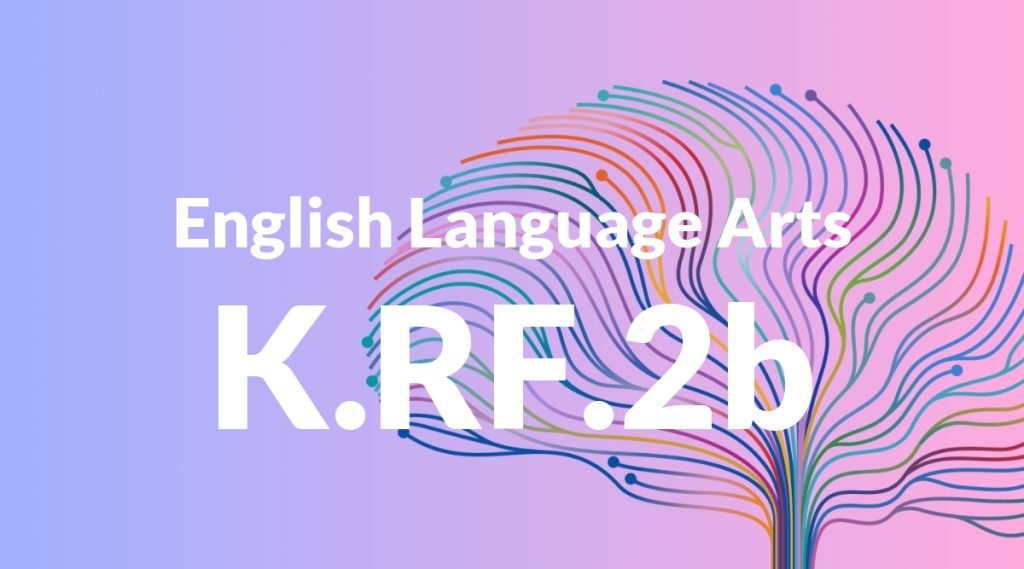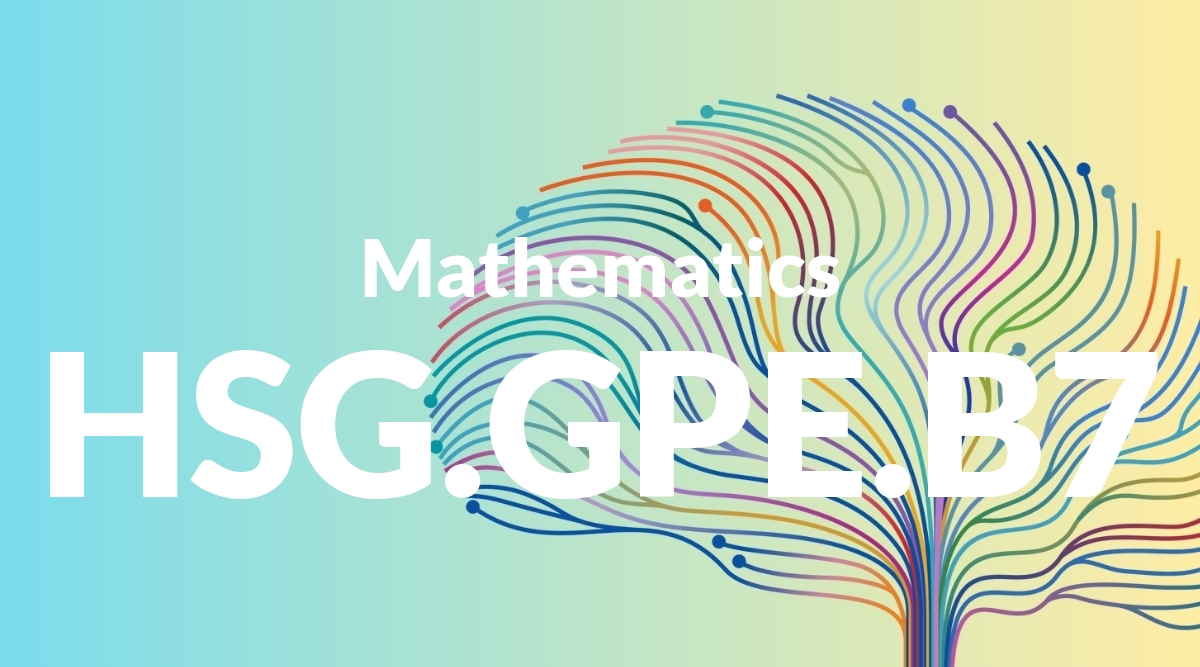Standard: K.RF.2b – Count, pronounce, blend, and segment syllables in spoken words.
Grade level: Kindergarten
Subject: English Language Arts
Domain: Reading: Foundational Skills
Teacher Overview
This standard focuses on developing students’ phonological awareness by teaching them to count, pronounce, blend, and segment syllables in spoken words. Mastery of this skill is crucial for future reading and spelling success as it lays the groundwork for understanding the structure of words. Students should have a basic understanding of phonemic awareness, including the ability to recognize and produce rhyming words, and understand that words are composed of sounds.
After mastering this standard, students will be able to decode simple words more effectively, enhance their spelling skills, and develop better reading fluency.
Common Misconception 1
Some students may confuse syllables with individual letters, thinking that each letter corresponds to a syllable. This is incorrect because syllables are units of sound that can consist of multiple letters.
Intervention 1
Use visual aids like blocks or clapping hands to represent syllables in words. For example, show that the word ‘cat’ has one syllable while ‘apple’ has two by clapping once for ‘cat’ and twice for ‘ap-ple’.
Common Misconception 2
Students might pronounce syllables as separate sounds rather than blending them smoothly. This can hinder their ability to recognize words as whole units.
Intervention 2
Engage students in blending activities that use repetitive and rhythmic patterns, such as chanting or singing. For example, chant ‘ba-na-na’ and then blend it together to say ‘banana’.
Prerequisite Knowledge
Students should be familiar with basic phonemic awareness, including the ability to recognize and produce rhyming words, and understand that words are made up of sounds.
Subsequent Knowledge
After mastering this standard, students will be able to decode simple words, improve their spelling skills, and develop better reading fluency.
Instructional Activities
- Clap hands to count syllables in students’ names.
- Use blocks to represent each syllable in words.
- Play syllable segmentation games with picture cards.
- Read books with rhythmic patterns that emphasize syllables.
- Sing songs that highlight syllable blending.




